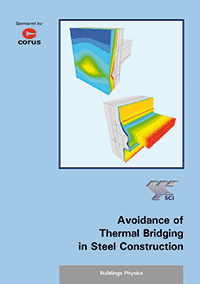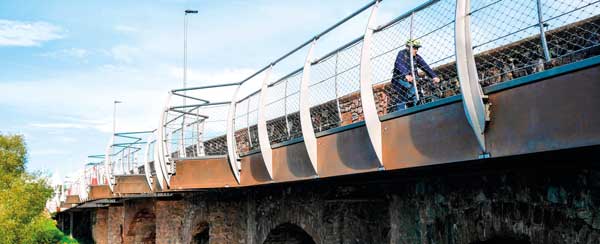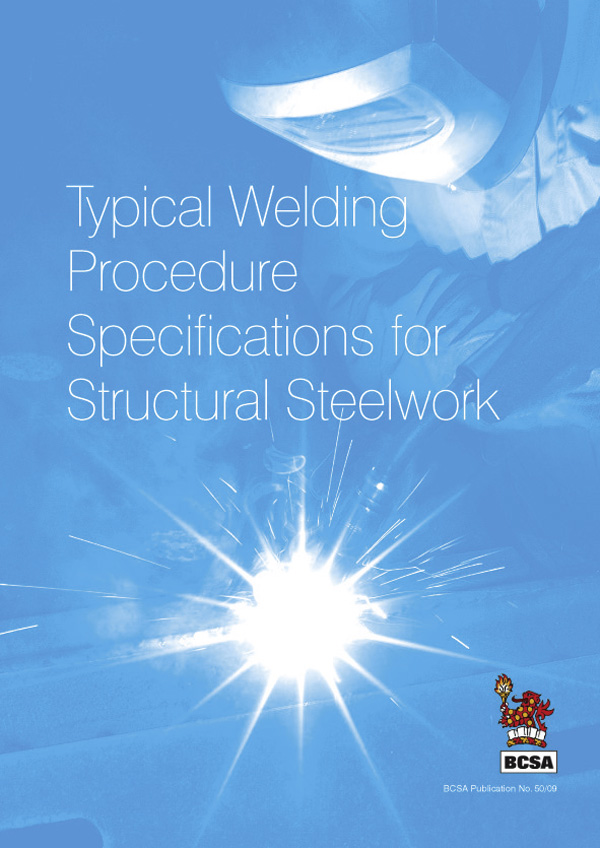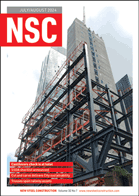Technical
Avoidance of Thermal Bridging in Steel Construction
 Practical guidance for avoiding thermal bridge heat losses in steel framed buildings; supported by thermal modelling data.
Practical guidance for avoiding thermal bridge heat losses in steel framed buildings; supported by thermal modelling data.
Energy efficiency is becoming an increasingly important parameter in the design of buildings. The thermal insulation provided by the building envelope is key to energy efficiency but thermal bridges, weak spots in the insulation, lead to local heat losses that reduce the efficiency.
Thermal bridges should be minimised to reduce local heat losses – this publication provides information and guidance on how thermal bridging can be minimised in steel construction. The report includes:
- an introduction to thermal bridging,
- an explanation of the consequences of thermal bridging (local heat loss and the possibility of condensation),
- how these effects are considered in building regulations and
- different methods for minimising thermal bridges in steel construction.
The examples include presentations of the results of thermal modelling of typical interface details that cause thermal bridges in steel construction. Details of beams penetrating an insulated building envelope, balcony support details and brickwork support systems are included.
The information may be used as general guidance on how to minimise thermal bridging in steel construction.
PRICES:
Non-member £20 (plus P&P) Member £10 (plus P&P)
ISBN 978-1-85942-182-6;
36pp, A4, paperback; April 2008











